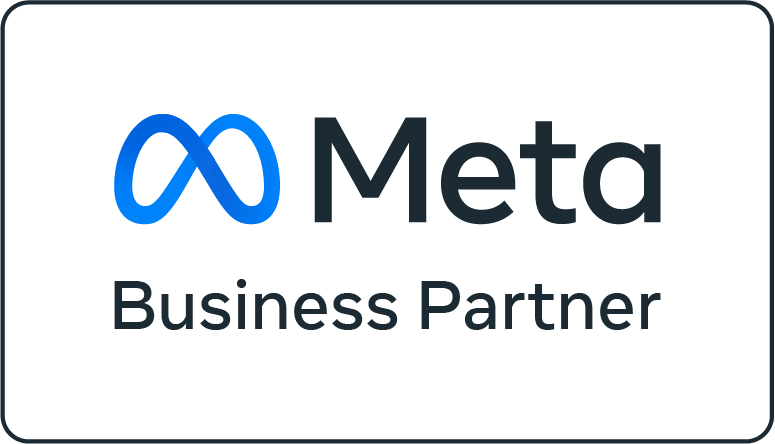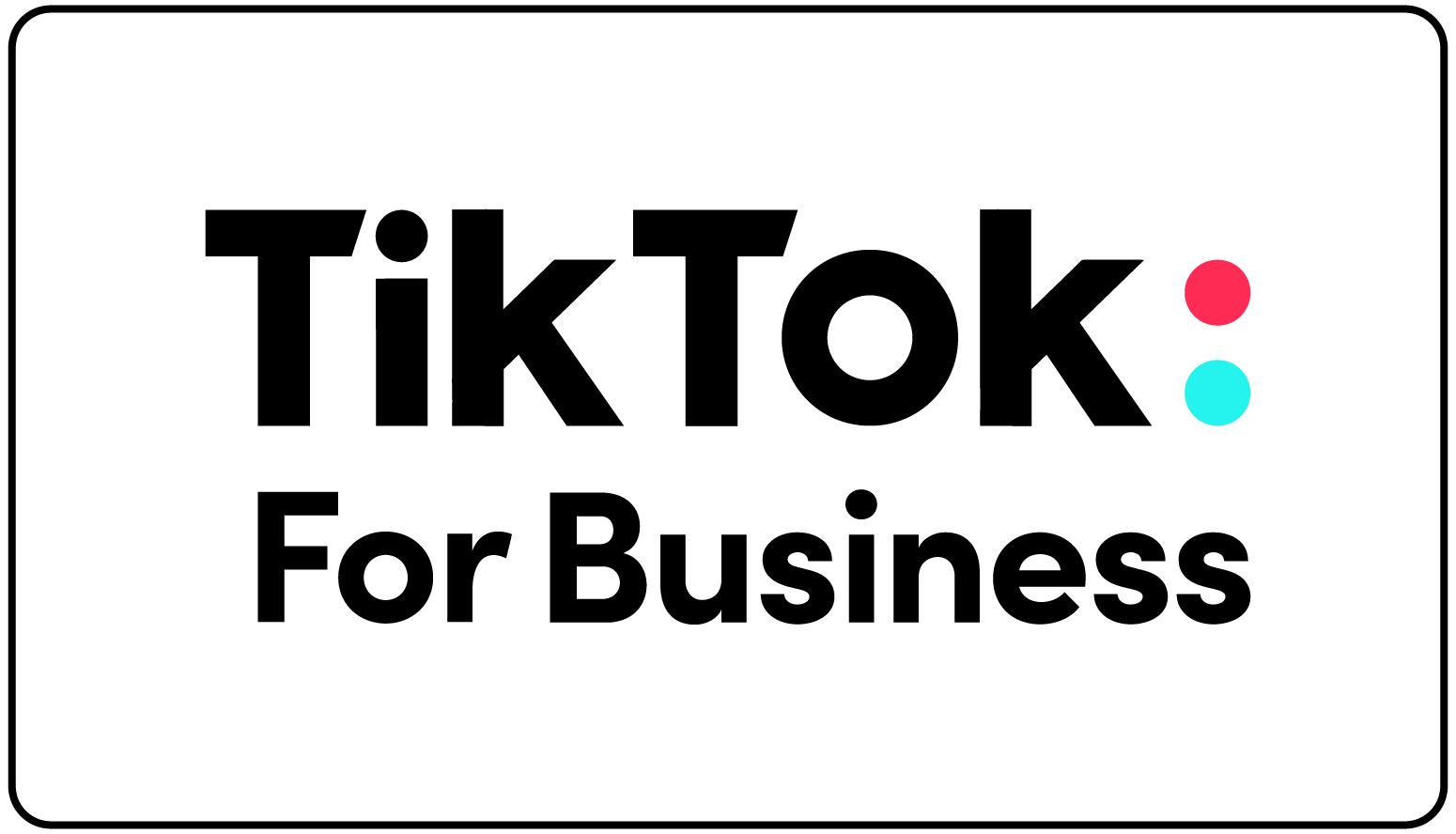User-generated content (UGC) is an incredibly powerful tool for health advertisers. It can help build trust, increase engagement, and ultimately boost the success of your ad campaigns. But how do you go about creating UGC for health advertising? What are the key considerations and strategies to keep in mind? This guide will offer a comprehensive overview, providing you with a clear path to follow when crafting your UGC health campaigns.
Understanding UGC in Health Advertising
User-generated content refers to any form of content created and shared by users online. In the context of health advertising, this could be testimonials, reviews, social media posts, or even blog articles written by everyday people sharing their personal experiences with a health product or service. UGC is valuable because it offers an authentic perspective that potential customers can relate to. When used in advertising, it can help build trust and credibility, as it comes directly from the target audience you are trying to reach.
Benefits of UGC in Health Advertising:
- Trust and Credibility: UGC builds trust as it is seen as more authentic and honest compared to traditional advertising. Real people sharing their genuine experiences can influence others and build a positive perception of your brand.
- Engagement: User-generated content is highly engaging. People are more likely to stop and pay attention to a real story or experience, especially if it is relatable. This can lead to increased interaction with your brand and higher ad performance.
- Social Proof: Seeing others share their positive experiences can encourage those considering your product or service to give it a try. Social proof is a powerful psychological factor that can influence decision-making.
- Relatability: UGC helps your target audience see themselves in the story being told. It offers a personal connection that can resonate deeply with potential customers, making your advertising more effective.
Tips for Creating UGC in Health Advertising:
- Encourage Testimonials: Request testimonials from satisfied customers. These can be in the form of written reviews, video testimonials, or even social media posts. Ensure you have a process in place to collect and organize this content, and always get permission to use it in your advertising.
- Share Real Stories: Look for compelling stories that showcase the impact of your product or service. Real-life narratives are powerful and can be used across various advertising formats, from social media to TV ads.
- Host Contests: Encourage users to create and share content featuring your product or service by hosting contests. For example, you could ask them to share a photo or video demonstrating how they use your health product, with a prize for the most creative or inspiring entry.
- Influencer Collaboration: Partnering with influencers or micro-influencers in the health space can provide you access to authentic content. Ensure the influencer’s values and audience align with your brand, and allow them creative freedom to share their genuine experiences.
- Monitor Social Media: Keep an eye on social media for mentions of your brand or product. Reach out to customers who share positive experiences and request their permission to use their content in your advertising.
- Provide Clear Guidelines: When working with UGC, ensure you have clear guidelines on what is acceptable and what isn’t. This is especially important in the health industry, where certain claims or representations may be prohibited or require specific disclaimers.
By incorporating UGC into your health advertising campaigns, you can leverage the power of authentic storytelling to build trust and engage your target audience. Remember to always prioritize authenticity and transparency, and you’ll be well on your way to creating effective and compelling health advertising campaigns.




